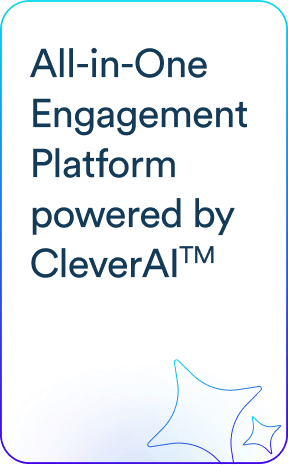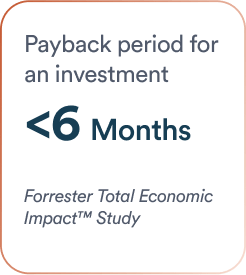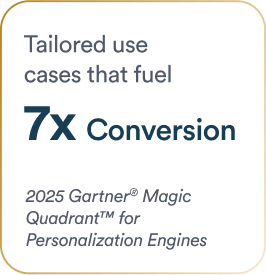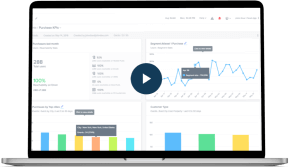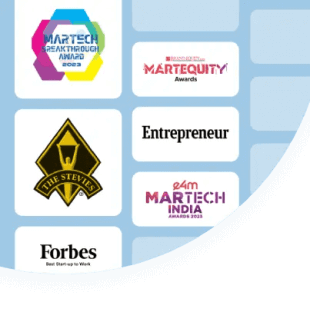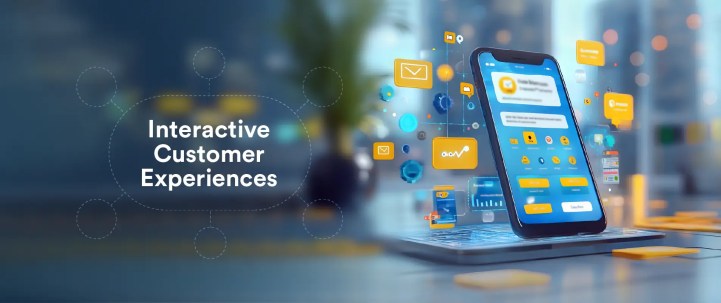In an era of shrinking attention spans and heightened customer expectations, interactive experiences are the key to capturing engagement and fostering brand loyalty. This blog explores how marketers can leverage AI, gamification, AR/VR, and omnichannel strategies to create immersive, two-way customer interactions that drive conversions and long-term retention.
A critical question on every marketer’s mind today is how to create customer experiences that stick.
Already inundated with crafting brand differentiation strategies in today’s fiercely competitive business landscape, marketing teams are now being overwhelmed to elevate customer engagement. That, however, is easier said than done.
Capturing customer interest and engaging them effectively has become a formidable challenge with the shrinking attention span of customers, their fast-moving lives, and the need for instant gratification. According to a recent study, the average human attention span dropped from 12 seconds in 2000 to 8 seconds in 2020.
Traditional, one-way communication falls short of meeting the expectations of modern-day, tech-savvy, and experience-driven customers. What is needed is a marketing strategy that talks with customers, not at them. Think two-way, interactive experiences, if you will.
For brands across industries, there is a pressing need to adapt to this shift toward interactive experiences and strategically transform the way they engage customers. By weaving interactive elements into marketing campaigns, marketers can not only capture their audience’s attention but also turn casual visitors into loyal, actively engaged customers.
Understanding Interactive Customer Experiences
Interactive customer experiences refer to the dynamic, two-way, and engaging interactions designed by brands for their customers and users, which help create hyper-personalized, engaging experiences in real time. Gamified elements, such as quizzes, polls, spin-the-wheel promotions, virtual product try-ons, and more, are effective and powerful ways to transform passive browsing to active engagement.
A well-thought-out interactive customer experience can help you:
- Improve customer engagement by encouraging longer session times and memorable and enjoyable interactions.
- Drive higher conversion rates by enabling you to effectively guide customers toward making a purchase.
- Collect rich zero and first-party data on customer behaviors, preferences, and pain points, which you can use to tailor your products and marketing strategy.
- Cut through the noise and make your brand stand out in today’s crowded, competitive market.
- Enhance customer loyalty by delivering personalized and fun experiences.
Best Practices for Implementing Interactive Customer Experiences
Advanced customer engagement platforms have made it easier to integrate interactive experiences into the channel strategy. However, before implementing the interactive elements, you need to develop a plan that details your goals and how you can achieve them. This requires answering questions such as:
- What is the objective of the interactive initiative?
- What sort of data/insight are you looking to collect from it?
- Which customer segment are you going to target?
- What channels are you going to use?
- What metrics do you need to track to monitor performance?
- What is the next/follow-up action for engaging customers?
Once you are clear about the objectives and purpose, implement the following best practices for embedding interactivity into your marketing campaigns.

1. Use AI & data analytics to generate emotionally intelligent content, provide personalized product recommendations, auto-route customers through the best-performing journey path, and more.
2. Adopt an omnichannel strategy to deliver a consistent and seamless customer experience across website and mobile apps, email, SMS, Push, WhatsApp, chatbots, digital kiosks at in-store locations, social media, and beyond.
3. Implement gamification strategies, such as quizzes, interactive surveys and polls, spin-to-win promotions, and more, to enhance customer participation.
4. Utilize AR & VR to deliver truly immersive ‘phygital’ experiences, such as virtual product try-ons and visualizations, 360-degree virtual tours, and more, which bridge the gap between physical and digital worlds.
5. Leverage multivariate testing to experiment with multiple variables on a website or app simultaneously to identify the best combination of elements that drive maximum engagement.
6. Provide a self-serve customer experience through search functions, guided menus, chatbots, demos and tutorials, and personalized dashboards to actively manage customer interactions and expectations.
7. Monitor the performance of interactive experience campaigns using metrics such as conversion rates, engagement metrics, conversion funnel analysis, customer lifetime value (CLV), customer feedback and sentiment analysis, and more.
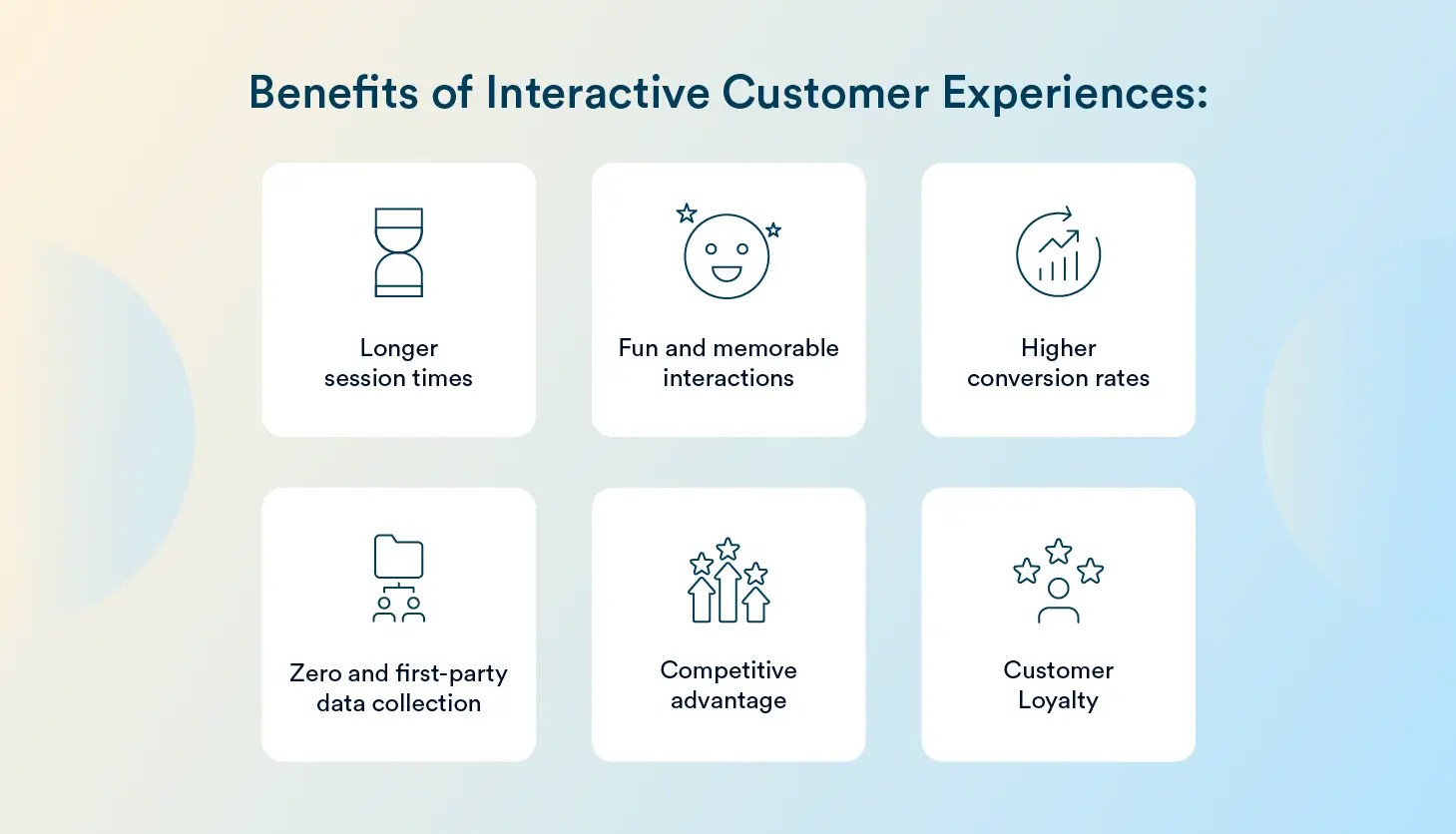
How CleverTap Can Help With Interactive Customer Experience
CleverTap’s All-In-One Customer Engagement and Retention Platform offers a number of capabilities that help you get your interactive customer experience campaign up and running in no time. This includes:
- AMP for Email: Brings interactivity to email messages. You can create dynamic, engaging, and interactive emails with rich media content that go beyond the limitations of traditional email marketing.
- Product Experiences: Enables personalizing and optimizing the entire app and website user experiences effortlessly. You can change multiple web and app elements simultaneously with a no-code approach, user-friendly UI, and advanced segmentation capabilities and analytics. This reduces your dependencies on developers and accelerates the time to execute.
- Visual Editor: Helps edit webpage elements as required for personalizing experiences in real time with zero developer dependence.
- Rich Media (Images, GIFs, and Videos): Makes customer outreach interactive and engaging. Images, GIFs, and videos sent via email, rich push notifications, in-app messages, WhatsApp, or other channels are a great way of enabling customers to take immediate action with quick-reply and call-to-action buttons.
- Rich Communication Services (RCS): Delivers more interactive and dynamic messages. You can step up your messages with RCS as it allows sharing multimedia, such as images, videos, and audio files directly within the native messaging apps.
- In-App Editor: Helps add content to pre-built templates or customize and build them easily. In-app editors generally provide ready-to-use templates for marketers to choose from, along with the ability to create a custom HTML template as per their requirements.
- IntelliNODE: Auto-routes users in real time through the best-performing journey path. This AI-powered feature works behind the scenes to help you improve conversion rates.
The Future of Customer Experience is Interactive
Customer expectations for interactive experiences are no longer the exception but the norm. In today’s fast-moving era, where brands are grappling to stay relevant and be distinctive in competition, a well-executed interactive customer experience strategy can help them strike a chord with their customers seeking engagement, personalization, and seamless interactions across all channels.
The time to act is now. Brands that fail to create contextual, unique, and interactive experiences for their customers risk becoming irrelevant in today’s experience economy.
Agnishwar Banerjee 
Leads content and digital marketing.Expert in SaaS sales, marketing and GTM strategies.
Free Customer Engagement Guides
Join our newsletter for actionable tips and proven strategies to grow your business and engage your customers.

